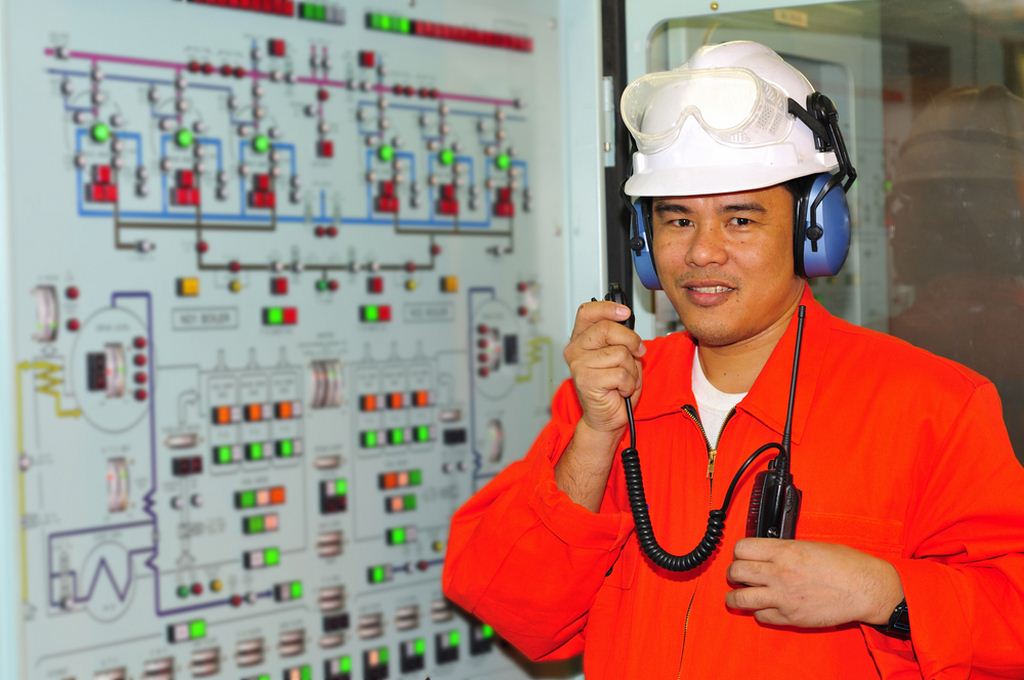Energy
Tuesday, June 21st, 2022 9:05 am EDT
GM’s Brightdrop division, a unit focused on electric work vans, recently bought a company that could give it an edge in artificial intelligence and other software capabilities.
“We’re bringing entirely new ways of doing business to the delivery market by providing a holistic, one-stop-shop portfolio of first- to last-mile solutions that allow fleet customers to do their jobs more efficiently while helping alleviate strain on the workforce, and the environment,” said Rachad Youssef, chief product officer, BrightDrop. “Part of that includes building a software platform that leverages data and simulation to demonstrate how new technologies can work for them. This integration will take our software capabilities to new heights, while continuing to deliver as promised for our customers.”
To achieve that goal, Brightdrop recently acquired Marain, a technology startup based in California. The idea is to use its AI-driven software to make Brightdrop’s systems better at analyzing, forecasting, and identifying multi-modal solutions for fleet customers as they plan their journey to full-fleet electrification.
That’s a bit of a mouthful, and it took a lot of reading around the press release to understand exactly what they’re talking about. In short, the idea is to help companies make the transition from their current gas and diesel-powered delivery vehicles, and that’s not always an easy process.
I like to use my first longer-range electric vehicle as an example. When I bought my 2018 LEAF, it was the first electric vehicle I had that could make a road trip of any kind on electric power. Prior to that time, I had a Nissan LEAF that could only do local driving, and a Chevy Volt that switched to gas when the battery got low. The advertised 150-mile range was great for the city, but trying to take the car 150 miles on the highway wasn’t really possible. Had I known ahead of time how that all worked, it would have been a lot easier to deal with.
But, that’s a personal example. Surely fleet managers would do better at this than some photographer, writer, and firearms instructor, right? Not so much. We can use Albuquerque Rapid Transit’s failure with electric buses as an example. They made basically the same mistake I made with my LEAF at first, thinking the vans would go the rated range under all conditions. Sadly, this led to abandoning the electric bus plans and switching to “clean diesel.”
So, by offering software that helps companies analyze their activities and make them work with electric vehicles from the beginning of the process, it will be a lot easier for them to hit the ground running. This means that instead of dipping their toes into the water of electric last mile delivery and then chickening out, companies will be able to get it right the first time and start fully benefiting from EVs on day one.
“The opportunity to electrify the delivery sector is massive, and it will benefit significantly from sophisticated planning and operations software as fleets introduce multi-modal solutions,” said Damien Scott, CEO and cofounder, Marain. “BrightDrop is extremely well positioned to lead the transformation of first- to last-mile deliveries with its integrated vehicle, software and services portfolio. We are delighted that Marain’s technology and expertise will uniquely add to BrightDrop’s software capabilities helping to decarbonize the last-mile at scale.”
Featured image by Brightdrop.
Check out our brand new, comprehensive e-bike guide:
Appreciate CleanTechnica’s originality and cleantech news coverage? Consider becoming a CleanTechnica Member, Supporter, Technician, or Ambassador — or a patron on Patreon.
Advertisement
 This post has been syndicated from a third-party source. View the original article here.
This post has been syndicated from a third-party source. View the original article here.





